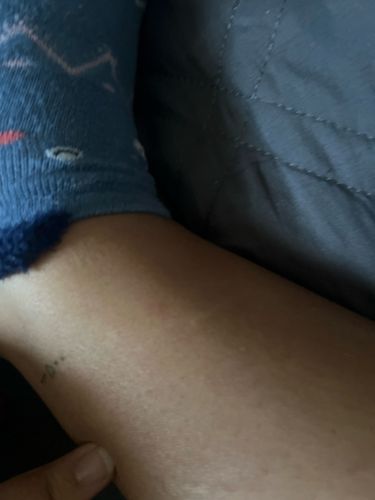Bed Bug
Scientific Name: Cimex lectularius
Order & Family: Hemiptera, Cimicidae
Size: 4-5 mm (0.16-0.20 inches)

Natural Habitat
Primarily human dwellings, especially beds, mattresses, bed frames, and nearby furniture; also found in cracks, crevices, behind wallpaper, and in electrical outlets.
Diet & Feeding
Exclusively blood-feeders, primarily feeding on human blood, but will also feed on other mammals and birds.
Behavior Patterns
Nocturnal, typically feeding on sleeping hosts. They are attracted to warmth, carbon dioxide, and certain chemicals. They hide in cracks and crevices during the day. Females lay eggs in secluded places.
Risks & Benefits
Risks include itchy red welts from bites, allergic reactions in some individuals, secondary skin infections from scratching, and psychological distress. Bed bugs are not known to transmit diseases to humans. There are no known direct benefits to humans or the ecosystem from bed bugs.
Identified on: 9/13/2025